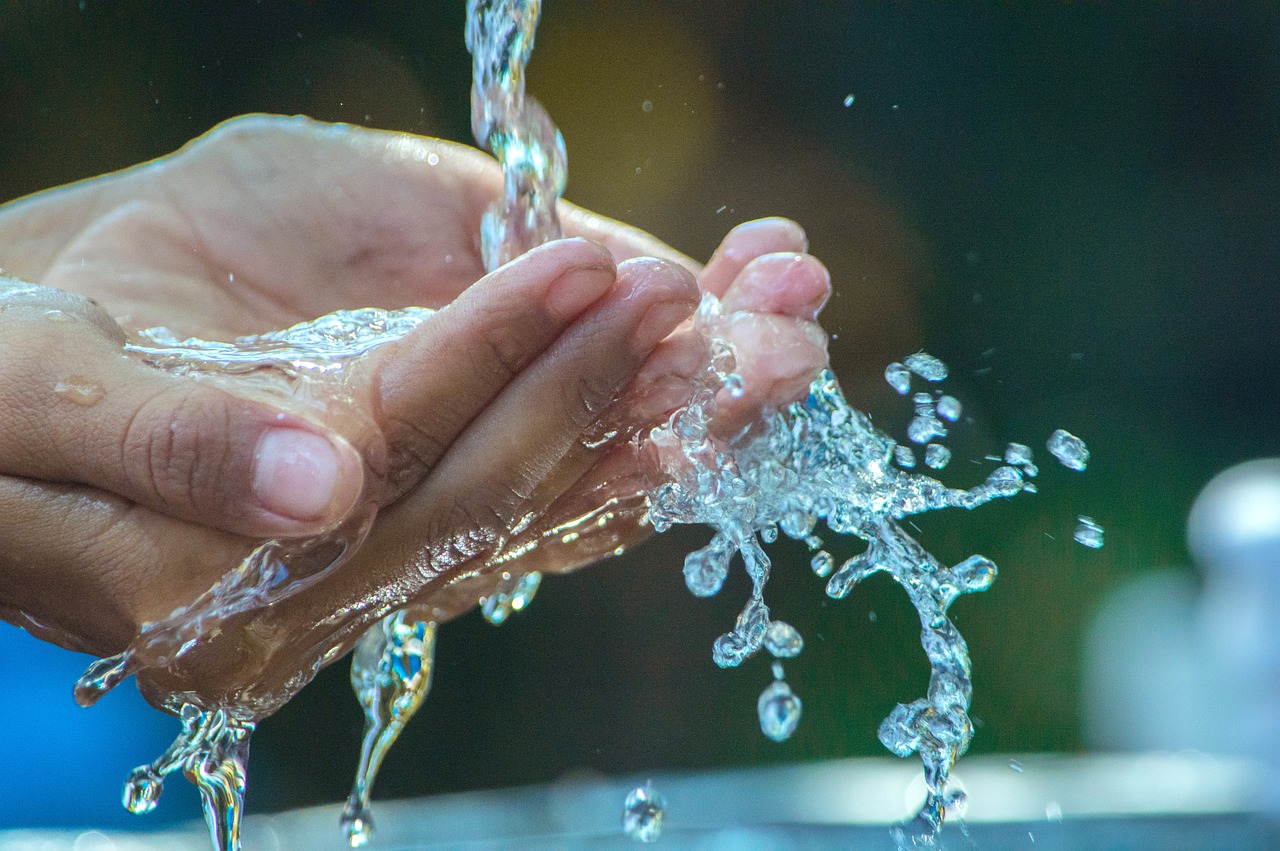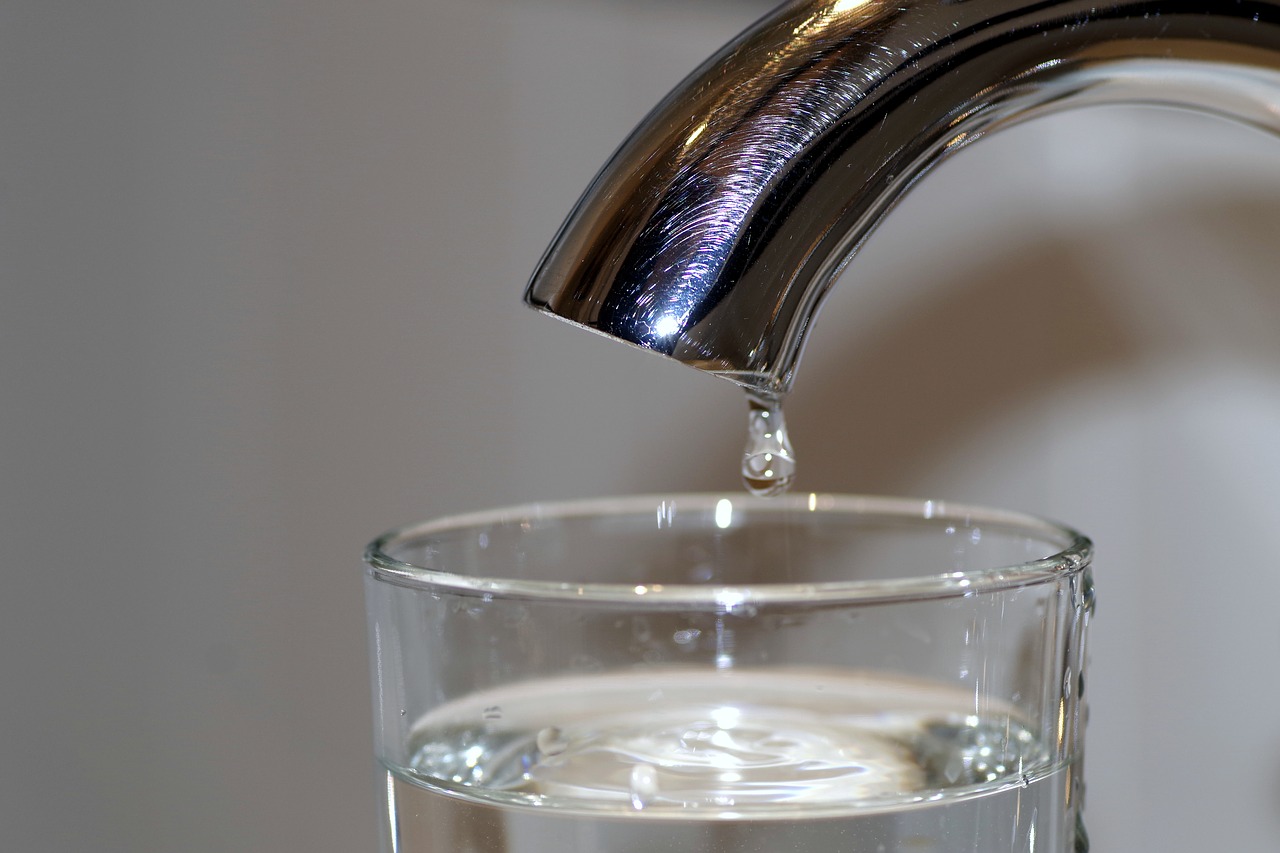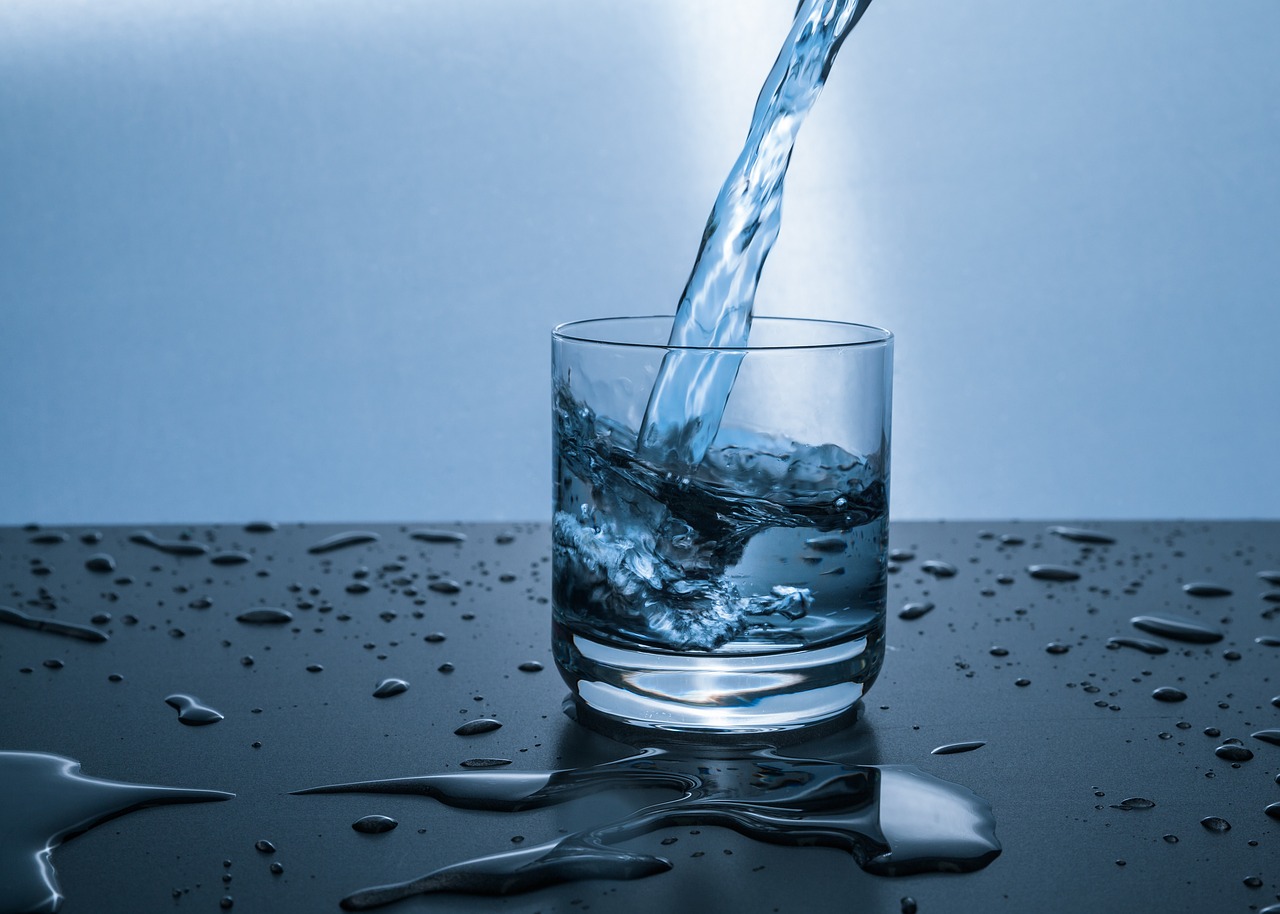
Water is essential for a healthy human body. Failing to drink enough clean water can cause everything from constipation to fatigue. But how can you tell if the drinking water in your home is safe? Is your water free from pollutants and other harmful substances?
You have several options when it comes to testing the safety of your water.
Here are five of the easiest ways to make sure your home has safe drinking water.
1. Filter Your Tap Water
Home water filtration is a convenient way to remove certain pollutants from tap water. Your choice of method depends on your space and what type of filter is most convenient for you. You can even use a combination of methods to get the purest water possible.
A stand-alone water filtration system is worth considering. And if you’re concerned about space, consider a system that comes in a variety of sizes.
For example, berkey water filters are available in various sizes. No matter how much space you have, you can get the perfect system for your counter or table. There’s also a portable size so you can have clean water when on the go.
But no matter the size, Big Berkey Water Filters purify water just the same. The filters reduce chlorine, viruses, parasites, heavy metals, pharmaceuticals, pesticides, and more. You can even get a special add-on filter to reduce fluoride in your tap water.
2. Read Your Local Consumer Confidence Report
You’re entitled to a yearly Consumer Confidence Report (CCR) provided by your local water utility company. The report provides details about the safety of your tap water. And informs you of any contaminants that are possibly present in the local tap water. The report will also alert you if the contaminants in the water are a health risk.
The United States Environmental Protection Agency (EPA) can help you find your local CCR. But some reports aren’t available online. Water utility companies are required by law to send all customers a CCR by July 1 each year. You can also go directly to your water utility companies website to see if the CCR is available.
3. Test Your Water
The CCR is a great resource for learning what’s in your water. But you don’t have to rely on your water utility company for that information. You can opt to have your water tested on your own.
The quickest option is to use a tap water home testing kit. The kit usually contains a testing strip that reacts to certain contaminants in the water. Chlorine, pesticides, and lead are examples of the contaminants a home testing kit can identify. You’ll also learn the pH balance of your water, and it’s level of hardness.
Another option is to contact the Safe Drinking Water Hotline operated by the EPA. The hotline will provide you the name of a nearby water testing agency. There’s also the Water Quality Association’s website, which allows you to search for reputable water testing companies in your area.

4. Use the National Drinking Water Database
The Environmental Working Group is a watchdog association that maintains the National Drinking Water Database. The database is a repository of water quality reports from all over the US. You can search by water company or zip code.
The database identifies harmful chemicals that are above the safe limit for tap water. It also identifies contaminants that aren’t legally regulated, but that are potentially dangerous.
5. Check the EPA’s Private Drinking-Water Wells Guide
The Private Drinking-Water Wells Guide is an option if your water comes from a well. Water utility companies aren’t responsible for well water. So, finding information on the safety of well water takes a bit more work.
The EPA maintains a list of private drinking wells within the US. But it doesn’t always contain the most recent information. Your state’s public health department might have more recent information about local wells.

Take Control of Your Health
You have a right to clean drinking water. And it’s the government’s responsibility to make sure water from your tap is safe. But it’s a wise idea to make sure your water is clean. The tips mentioned here will help you get the safest drinking water possible.

